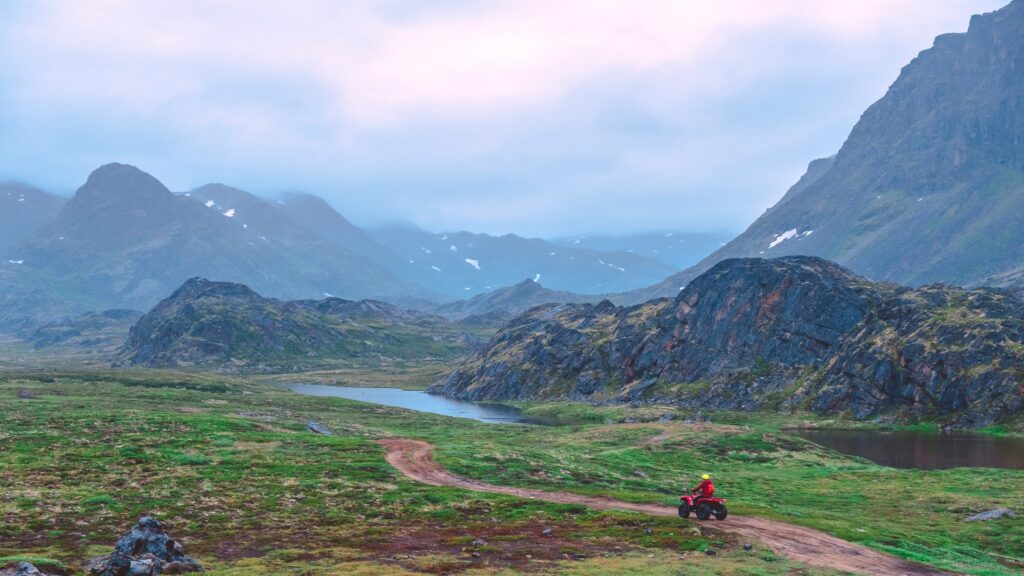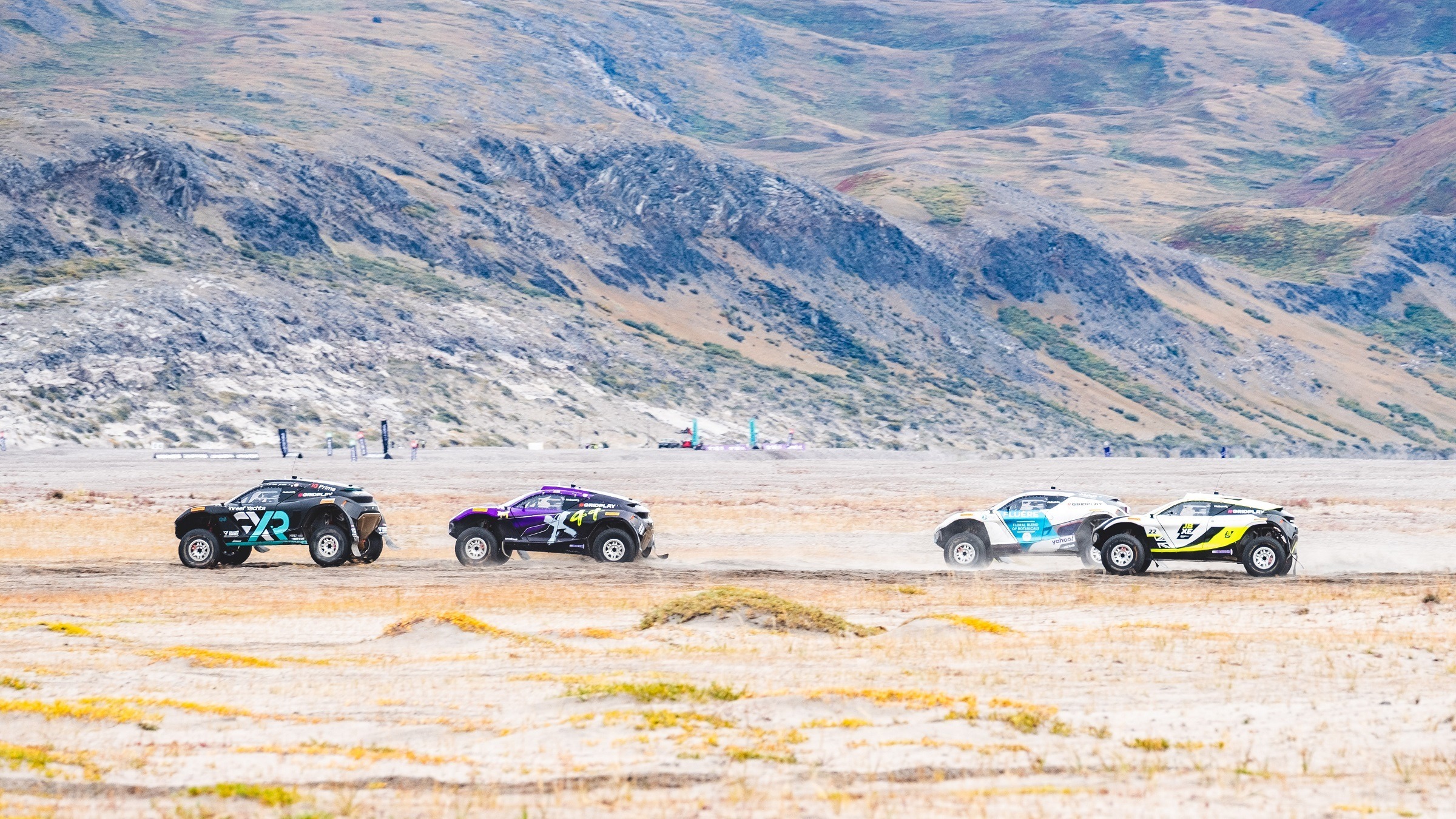
Car Testing
History
Kangerlussuaq has attracted many companies testing their latest inventions in extreme cold climate. “If it works in Kangerlussuaq, it works everywhere”. The advantage is a stable winter climate with temperatures down to minus 40 degrees Celsius. The proximity of the cooling Ice Sheet gives Kangerlussuaq unique test opportunities, especially in October-November, compared to other facilities in the Arctic.
Leading car manufactories of Europe have tested their cars in and around Kangerlussuaq. VW even built the road to the Ice Sheet, when they tested cars on the Ice Sheet in 1999-2005. In 2014 BMW tested their newest hybrid cars on the road network of Kangerlussuaq, in Sandflugtsdalen, on different lakes and on the runway.
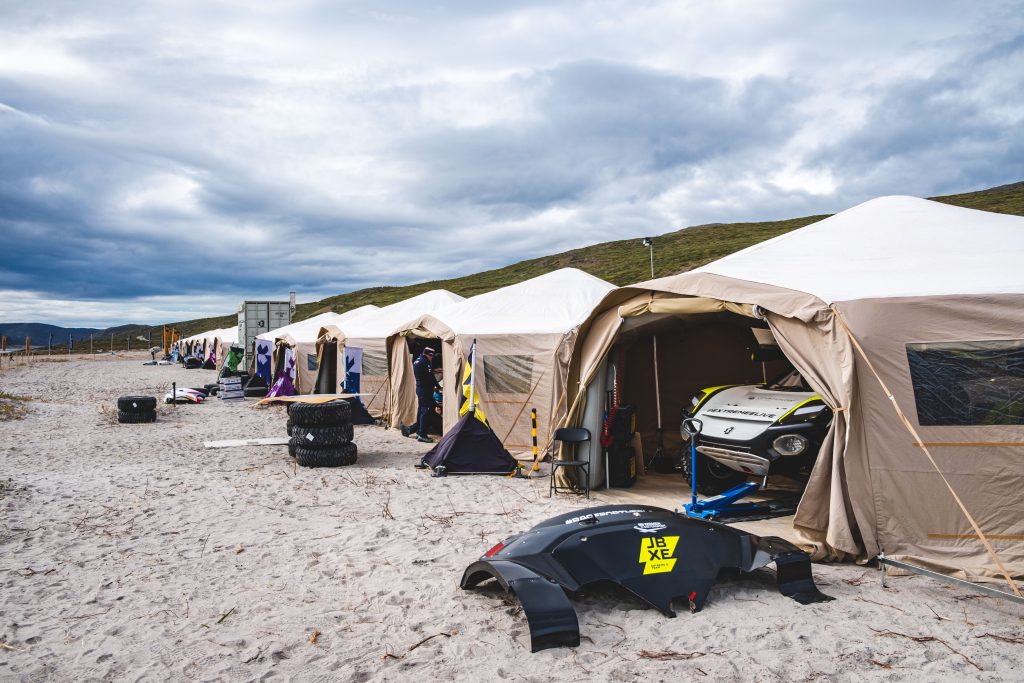
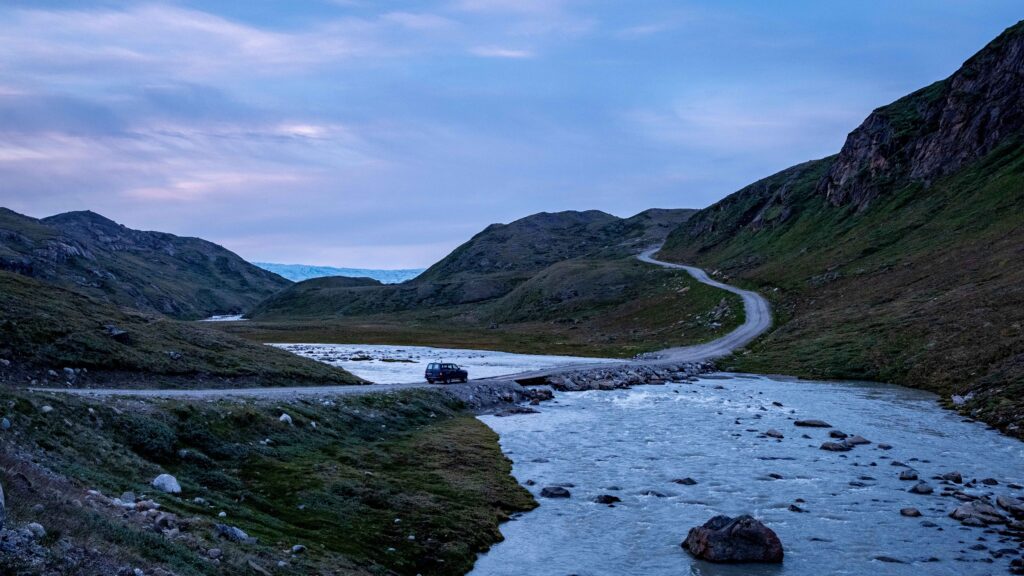
Road Network
Kangerlussuaq has the largest road network in Greenland consisting of approximately 100 km. Greenlands longest road from the Ice Sheet entrance at Point 660 via Kangerlussuaq town to the research station of Kellyville is 50 km.
Most of the road network is gravel, but 12 km from Kangerlussuaq to the port is partly paved but not suitable for fast driving. The road network gives opportunities for short hill climbing and sections with bends. Some roads can be sealed off from the public during winter season.
Key testing site
Sandflugtsdalen was the key testing site for BMW in 2014 and the event site for Extreme E race in 2021.
Sandflugtsdalen is the valley along the Ice Sheet Road. In the Eastern part next to the Ice Sheet is a 3,5 km East-West and 1 km North-South area. When the river freezes the test area increases to 7 km East-West. It is suitable for high speed testing.
It is fairly easy to build a track according to your own requirements as the terrain is a mixture of gravel and sand left from the glacier. As the name of the valley indicates, the sand will over time help to remove any tracks.
This area of Sandflugtsdalen is also used for drone tests, military exercises and recreational driving. In the northern part of the area is an ATV track to Russell Glacier and further north the road to the Ice Sheet continues towards point 660.
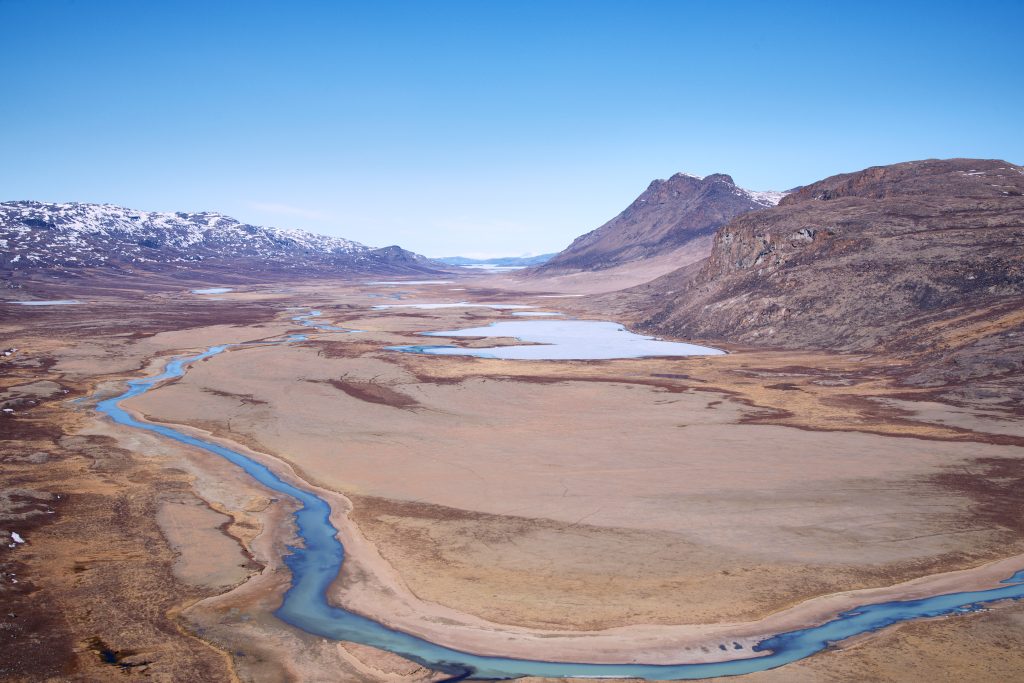
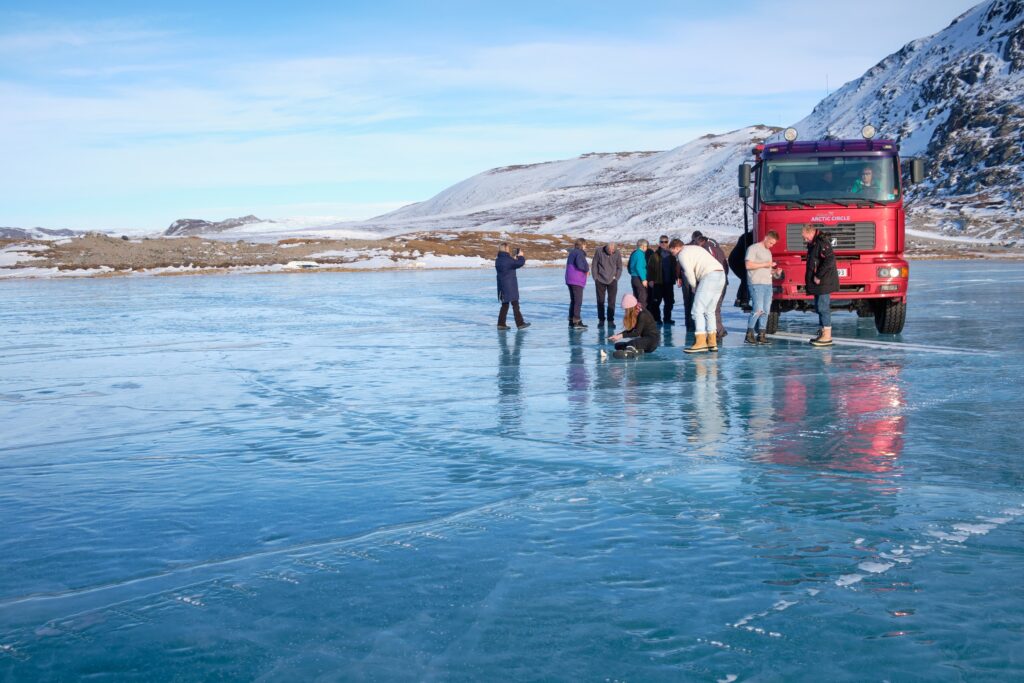
Lakes
There are many frozen lakes available for car tests in the Kangerlussuaq area. Smaller/shallow lakes are available for car tests after they freeze in October. Larger/deeper lakes freeze in November. The fjord freezes in December or January. All lakes and fjord can more or less be used for test purposes until around the start of May.
Runway
Kangerlussuaq’s runway of 2810 meters x 60 meters has been used for high mu reference tests. In the winter season, the runway is free of scheduled air traffic in weekends and on Wednesdays.
The large apron south of the runway can also be used. In winter this southern is seldom used for planes, so it has been possible to use it for packed snow or ice tests.
Hangars and garages in the airport area can be rented from the airport or the current occupants.
Contact the airport manager Ivaaq Christensen for more information: ipec@mit.gl
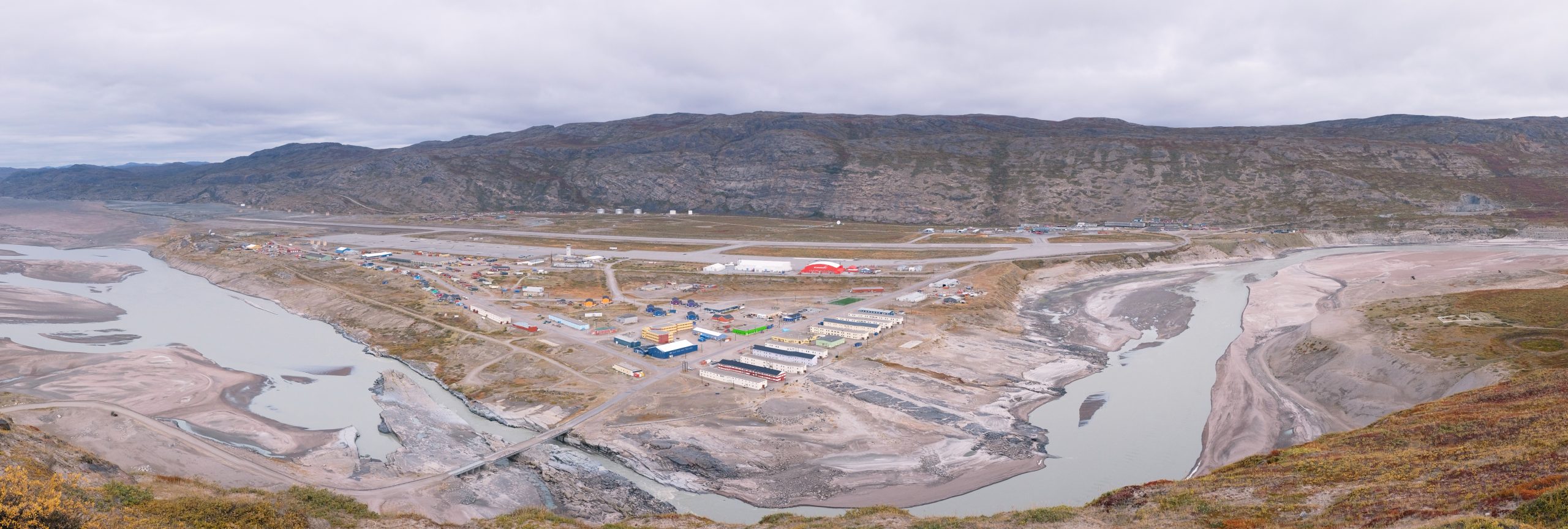
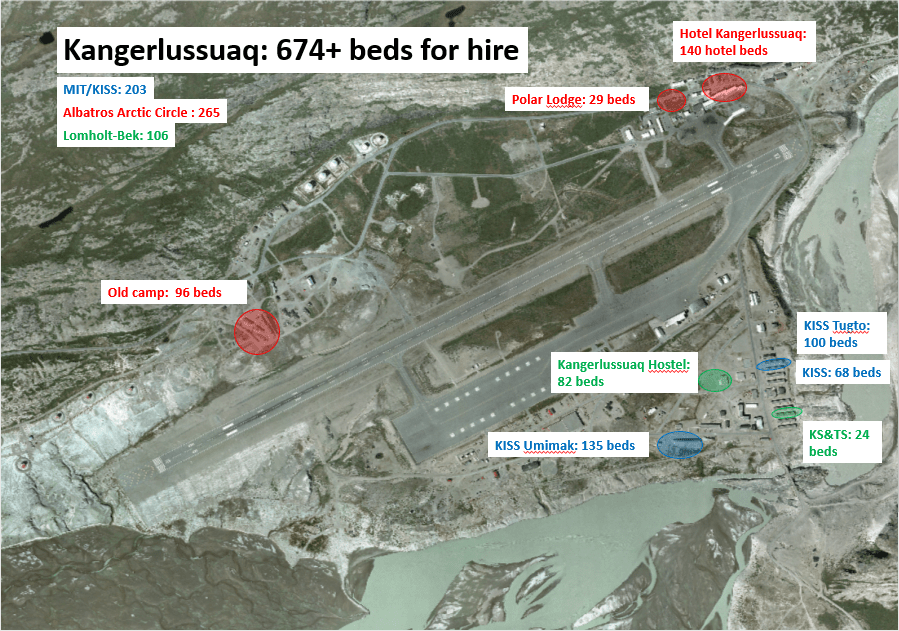
Test area north of airport
Qeqqata Municipal Council led out the area just north of the runway – between the airport building in East and Old Camp in West – as a cold climate test center in the municipal plan in 2015.
If a developer/car company would prefer another layout than what the plan offers, Qeqqata Municipality can look into the possibilities of changing the municipal plan for the area.
ATV track to Sisimiut
The last part of the ATV track (dirt road) from Kangerlussuaq to Sisimiut will be built in summer 2024.
The ATV track will be available for terrain vehicles all year. In winter, the ATV track allows access to more lakes than what can be reached via the existing road network in Kangerlussuaq. In winter, pistenbullies will also be able to transport large/heavier amounts between Kangerlussuaq and Sisimiut along the ATV track.
